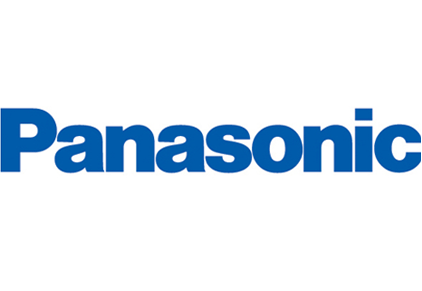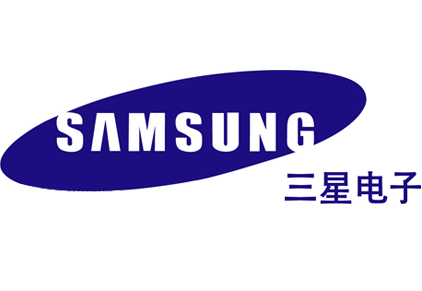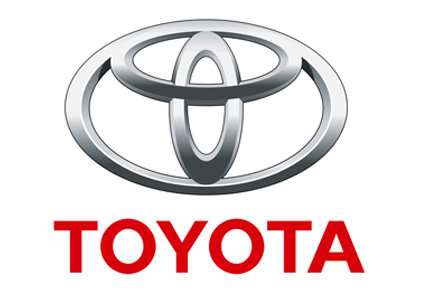
You are now the location is:Home >> News >> Battery Information
Used waste batteries easily lead to skin diseases. Now, with the continuous development of electronic products to bring unprecedented convenience, but it also brings the spread of e-waste. New electronic products used batteries is the biggest hazards of waste generated, these waste batteries through a variety of programs for processing, once leaked out easily produce a variety of skin diseases. Battery inside usually contain a variety of heavy metals and chemical elements can not erode. People handling the battery if mishandled will cause skin erythema, rash, severe skin ulcers, to bring health and beauty indelible shadow. Dispose of batteries drawbacks of traditional multi-skin will still spread.
Current treatment methods are generally concentrated cell treatment, but to focus on eliminating waste batteries is not easy to bring people to chemical hazards. According to experts, the batteries are mainly iron, zinc, manganese, also contains trace amounts of mercury, mercury is toxic. These heavy metals will bring long-term sustainability of human skin disease spread through centralized processing can only mitigate its impact on the human body, but is still exposed skin infringement by heavy metals. To this end, the relevant departments recommended to prevent skin expansion, through the buried waste batteries will be able to achieve the prevention purposes.
Determines the specificity of used batteries prevention of skin specific and particularity of used batteries also determines the specificity of treatment in order to prevent the spread of skin diseases, while reducing the chance of people victimized. State policy does not encourage centralized collection of used batteries, "2003 waste battery control technology policy" provides, in the current absence of effective technical and economic recovery Article pieces, we do not encourage recycling has reached a low concentration of mercury and mercury-free disposable batteries required. Ministry of Environmental Protection, the National Development and Reform Commission in June 2008 jointly issued the "National Hazardous Waste List" provides that: family daily life of the waste generated in nickel-cadmium batteries, mercuric oxide batteries can not be managed as hazardous waste. Therefore, the state reinforces the treatment of various types of waste batteries, the focus is to do preventive skin diseases, from the perspective of human health protection with the new policy.
Norms of governance to increase the detection and prevention of skin diseases, skin diseases in order to regulate the prevention and treatment of used batteries properly, you need the concerted efforts of countries and individuals. Countries on the basis of the protection of basic direction, people need to enhance their knowledge of science and health, and strive to control all kinds of skin diseases in the bud. Once people dermatological symptoms appear, you can go to the hospital for treatment of skin diseases hospital for treatment.
We all know the dangers of used batteries, but who is responsible for this type of battery recycling it? State Environmental Protection Ministry have been clearly defined, manufacturers, importers, the use of such cell products manufacturer, and a battery trademark holders should bear the responsibility for recycling these batteries. Meanwhile Ministry of Environmental Protection suggested that such relevant persons responsible for recycling, recovery system should be set up in the sales office set up recycling points.
However, we can refer to the practice of some developed countries, to all battery manufacturers charge a pollution gold, by a third party social organization operations to ensure that the battery of environmental pollution and a threat to humanity.
Current treatment methods are generally concentrated cell treatment, but to focus on eliminating waste batteries is not easy to bring people to chemical hazards. According to experts, the batteries are mainly iron, zinc, manganese, also contains trace amounts of mercury, mercury is toxic. These heavy metals will bring long-term sustainability of human skin disease spread through centralized processing can only mitigate its impact on the human body, but is still exposed skin infringement by heavy metals. To this end, the relevant departments recommended to prevent skin expansion, through the buried waste batteries will be able to achieve the prevention purposes.
Determines the specificity of used batteries prevention of skin specific and particularity of used batteries also determines the specificity of treatment in order to prevent the spread of skin diseases, while reducing the chance of people victimized. State policy does not encourage centralized collection of used batteries, "2003 waste battery control technology policy" provides, in the current absence of effective technical and economic recovery Article pieces, we do not encourage recycling has reached a low concentration of mercury and mercury-free disposable batteries required. Ministry of Environmental Protection, the National Development and Reform Commission in June 2008 jointly issued the "National Hazardous Waste List" provides that: family daily life of the waste generated in nickel-cadmium batteries, mercuric oxide batteries can not be managed as hazardous waste. Therefore, the state reinforces the treatment of various types of waste batteries, the focus is to do preventive skin diseases, from the perspective of human health protection with the new policy.
Norms of governance to increase the detection and prevention of skin diseases, skin diseases in order to regulate the prevention and treatment of used batteries properly, you need the concerted efforts of countries and individuals. Countries on the basis of the protection of basic direction, people need to enhance their knowledge of science and health, and strive to control all kinds of skin diseases in the bud. Once people dermatological symptoms appear, you can go to the hospital for treatment of skin diseases hospital for treatment.
We all know the dangers of used batteries, but who is responsible for this type of battery recycling it? State Environmental Protection Ministry have been clearly defined, manufacturers, importers, the use of such cell products manufacturer, and a battery trademark holders should bear the responsibility for recycling these batteries. Meanwhile Ministry of Environmental Protection suggested that such relevant persons responsible for recycling, recovery system should be set up in the sales office set up recycling points.
However, we can refer to the practice of some developed countries, to all battery manufacturers charge a pollution gold, by a third party social organization operations to ensure that the battery of environmental pollution and a threat to humanity.







